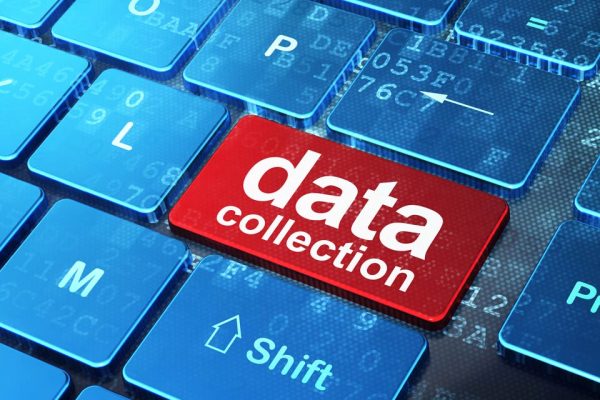Electronic Discovery (or E-Discovery) is a process in which electronic data is sought, located, secured, and searched with the intent of using it as evidence in a civil or criminal legal case. In the process of electronic discovery, data of all types can serve as evidence. This can include text, images, calendar files, databases, spreadsheets, audio files, animation, websites and computer programs. Email can and is especially valuable evidence in civil or criminal litigation.
Preserve Your Evidence
 We will most certainly assist you in determining what devices could potentially contain evidence. Here is a list of the major data collectors.
We will most certainly assist you in determining what devices could potentially contain evidence. Here is a list of the major data collectors.
- Servers
- Computers
- External Hard Drives
- Laptops
- iPads
- Cell Phone/Smart Phones
- USB Memory devices
- Cell Phone Tracking and Historical Data
- Cell phone tracking data can at times provide very powerful hard evidence. When the data points to a geographic area, this can be very compelling information.
- User History and Timeline Analysis
- Frequently in case that are of a domestic, civil, and/or criminal nature a timeline of user activity and timeline analysis can be critical. Who did what when on a computer or cell phone, and combined with other evidence to produce a sequence of user activity.
LIVE DATA ACQUISITIONS FOR E-DISCOVERY AND FORENSIC IMAGES
At Computer Forensics Resources, we offer the service of being able to capture evidence via a secure remote connection. A computer forensic examiner connects to your system utilizing secure, end-to-end, 1028-bit SSL encryption to capture a forensically sound image to a target destination. Once the live, data acquisition is complete, the forensic image is given to a computer forensic investigator, corporate council or law enforcement for evidence analysis.
Live Data Acquisitions are Real-Time Forensic Acquisitions taken from computers, servers, databases and email server applications that can’t be taken offline or leave your site.




